A few questions I want to answer with today’s practice:
- how does brisket cooked without the “Texas crutch” compare with foiled brisket?
- can I cook a 3kg brisket in under 10 hours this way?
- how does Lap’s smoked andouille work with beans?
- does adding coffee to the rub improve it?
Beans:
280g pinto beans, soaked overnight
1 large onion
1/2 green pepper
andouille links
tomato paste
molasses sugar
worcestershire sauce
chipotle ketchup
beef stock
cumin (whole)
cinnamon (ground)
So my killer, secret ingredient here is Lap’s smoked andouille links … and it’s only a secret because he won’t tell me the recipe! I got some chipotle ketchup from Man-food.co.uk and bunged in a load for heat.
Brisket:
3.1kg- very fatty
Rub:
paprika
brown sugar
salt
bay
fresh garlic
coffee
cayenne pepper
injection:
apple & pear
worcestershire sauce
salt
white sugar
| 9am | – | fridge | 100% |
| 11am | 200 | 145 | 100% |
| 11.30am | 240 | – | 100% |
| 12.15am | 250 | – | 50% |
| 13.30 | 235 | 160 | 90% |
| 14.00 | 225 | 169 | 100% |
| 15.00 | 240 | 170 | 100% |
| 17.50 | 260 | 180 (thickest) 200 (thin) | 80% – opened |
| 18.20 | 260 | 195 (foiled) |

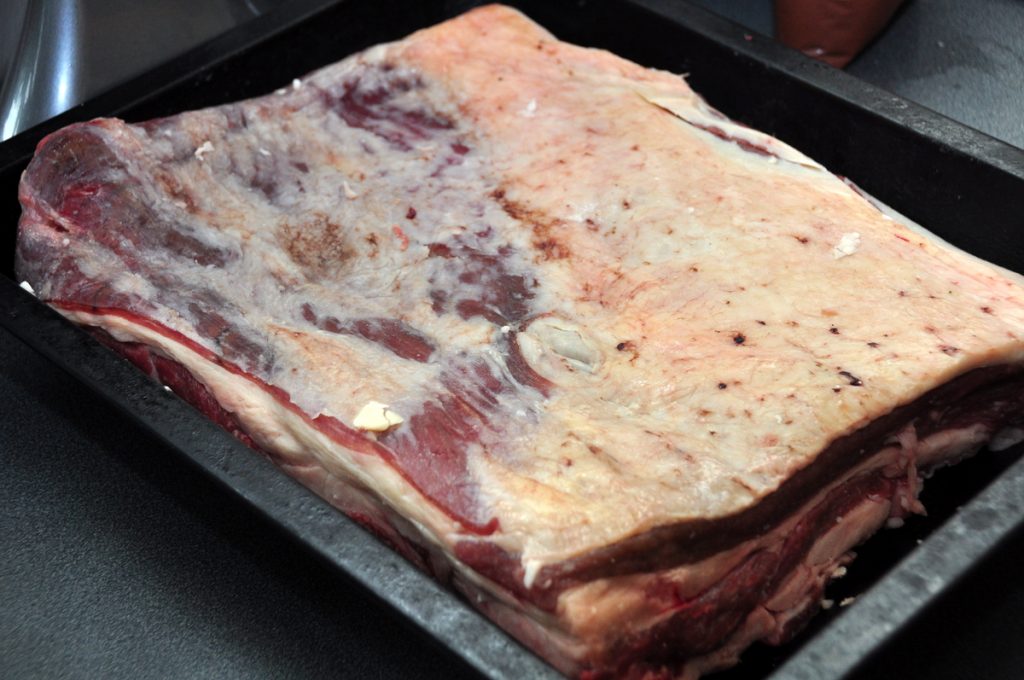

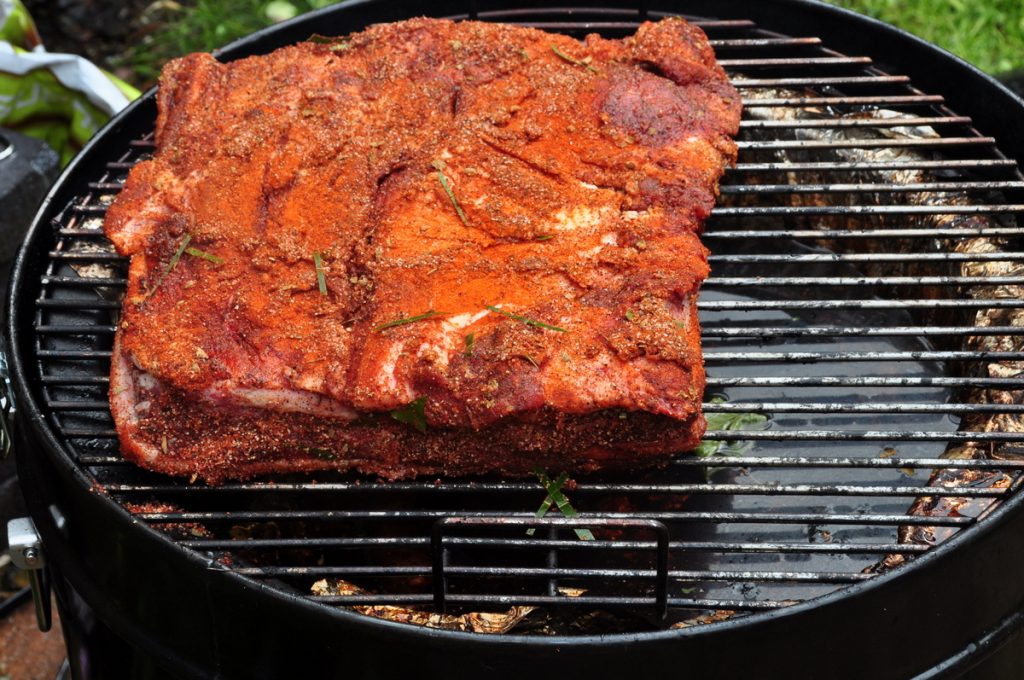
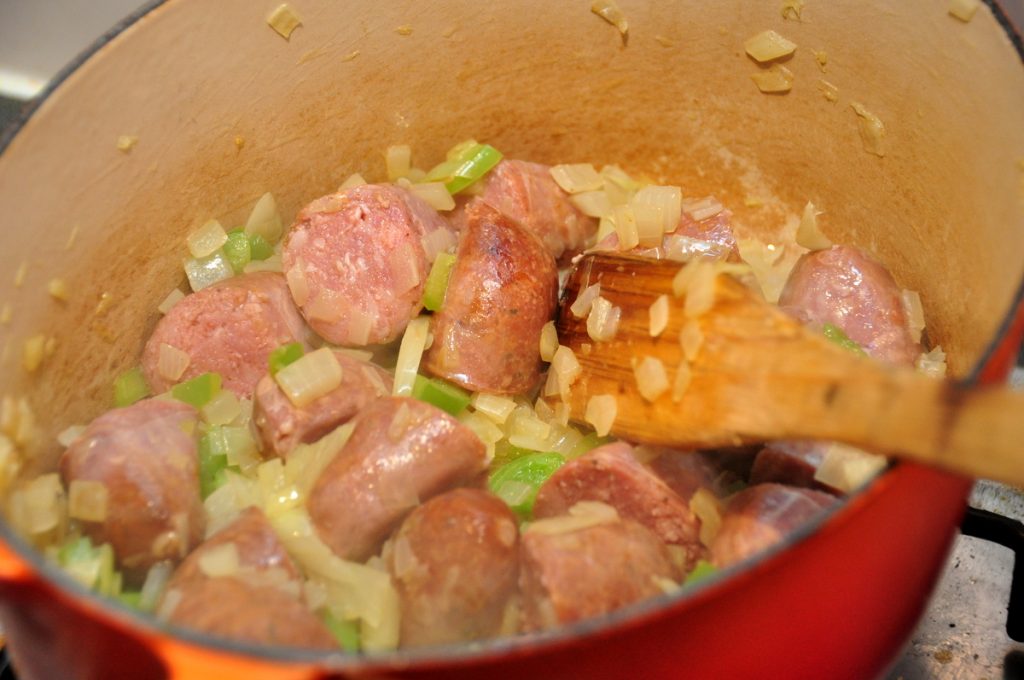
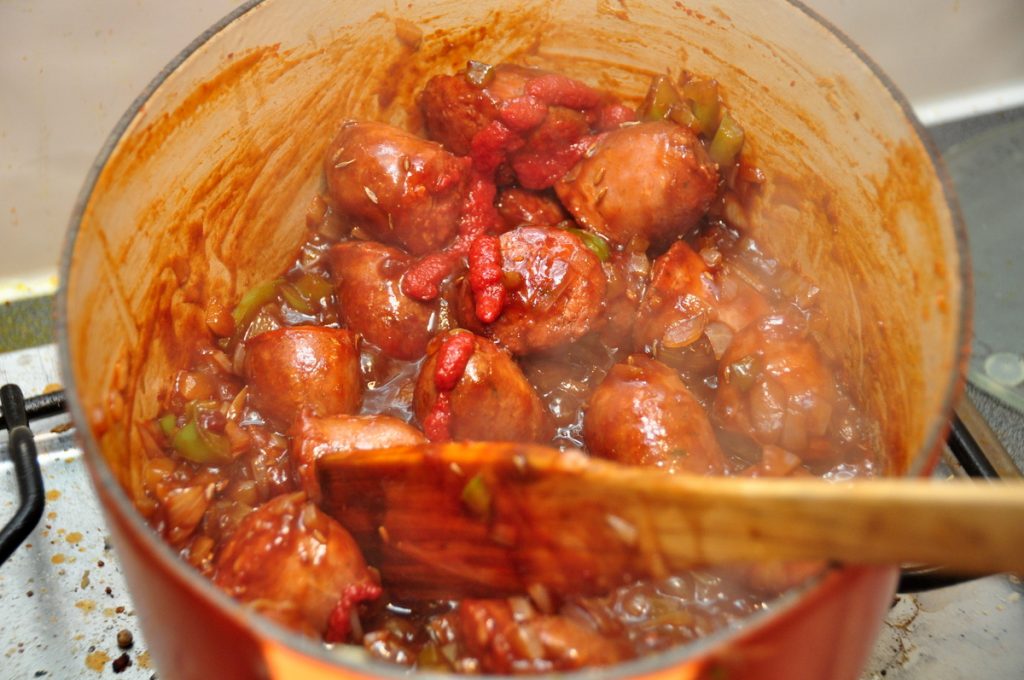
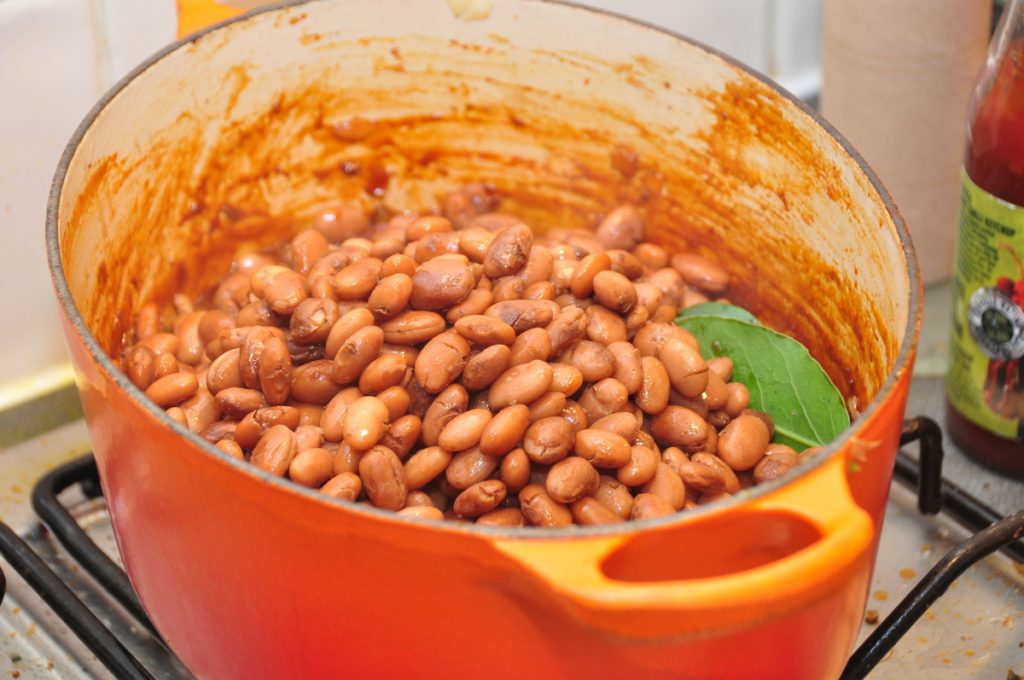

Hey guys, just stumbled across your site, best of luck with Grillstock! If I can offer some thoughts on brisket for you…
The cut you have there looks more like the meat off a Jacob’s ladder than a brisket as I would expect.
I have a fair amount of comp experience cooking on bullets. I cook at 250 using a home brew forced draft system with a calibrated thermocouple for temp monitoring, so my temp swings are minimal. When my brisket goes in, I don’t touch for 8 hours. When I first raise the lid, I’m looking for the right colour but will also probe for internal temp. I try to go through the plateau before foiling, getting a rich red colour and good bark.
When I foil, I know I will soften the bark and steam a little flavour out. That’s the down side of foiling. To minimise this, I wrap very tightly and crank up the temp to finish quickly. At this point I leave a probe in and run to 195F, after which I probe regularly until it feels done. When cooking this way I find I need to take it a little higher, sometimes as high as 210F but not always that high.
Once done I vent for about 7 minutes before rewrapping and resting in a Cambro for 2hrs minimum.
All the above applies to my flat. Before cooking I remove the point and cook separately. I foil at the same time as the flat but cook the point about an hour longer. Before turn in I cube my burnt ends from the point, glaze in a savoury BBQ sauce a d return to the cooker for 15 mins to set.
Hope this info is useful to you. If I can help in any other way just drop me an email.
Hey there thanks for your tips, sounds like you smoke some mean brisket. Yeah we had our suspicion that this last cut of beef wasn’t all brisket and it included a lot of the flat from above the ribs. The problem with the brisket is it’s so difficult to get a whole one as the carcasses are split right away so when we ask for a brisket it is in fact half a brisket. We have a tough time anyway getting consistently large fatty brisket, one week our butcher has Hereford, next it’s Dexter, White Park, Longhorn, Welsh Black, Irish Moiled etc In an everyday sense we love having a variety of these rarer breeds to choose from as these smaller producers really look after stock and they taste fantastic. But for competition BBQ I guess consistency will be key, where do you normally source your brisket from?